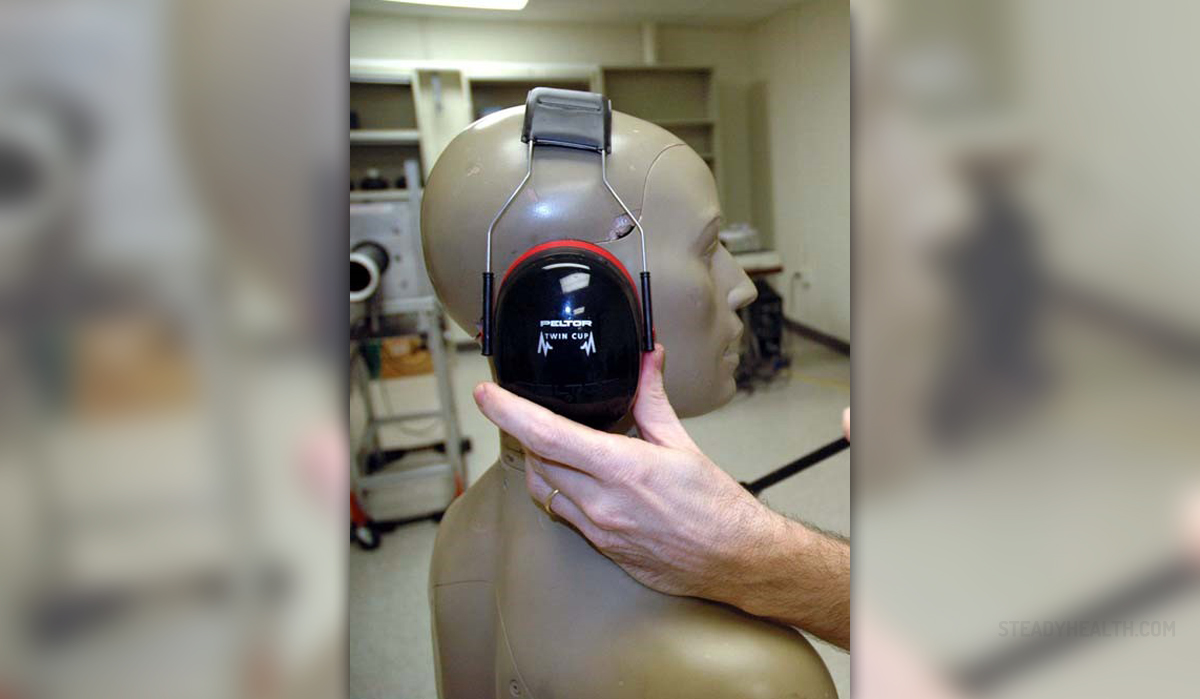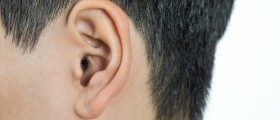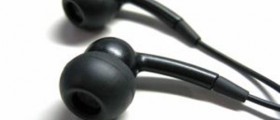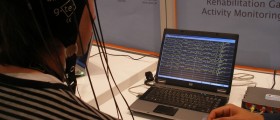
A hearing test is a test performed by a specialist in order to asses one's hearing abilities and to confirm or rule out hearing loss. The test can also provide with information whether hearing loss is conductive, sensorineural or a combination of the two. Hearing tests are performed by an audiologist or a licensed hearing aid fitter.
What Happens First?
Once the person has come to the audiologist or fitter's office, a professional first asks specific questions regarding the condition and patient's medical history. The history of hearing loss is also investigated. For example, a person may be asked if he/she has been exposed to noise, what medications he/she was or is taking and whether he/she has had any ear infections or been operated.
Complete Hearing Test
After questioning the professional performs tympanometry. This test estimates the movement of the eardrum. The person does not participate actively in testing. The tip of a hand-held tool is placed into the ear. This particular tool alters the pressure inside the ear and produces a clear tone. The goal of the test is to measure the respond of the eardrum to the applied pressure and sound. By doing so the examiner sets the base line for the rest of the testing. The results of tympanometry are of great help and provide with sufficient information about certain conditions that may interfere with the final results of hearing testing.
What follows is the essence of hearing test. The person is placed in a soundproof room and given headphones. The first of several further tests includes a series of sounds administered via headphones. The sounds are of different pitch and quality. The person is asked to indicate each time he/she hears a tone. Conformation is achieved either by raising a hand or pressing a specific button. This is a pure-tone hearing test. After pure-tone hearing test a person undergoes SRT test. This test determines the lowest level a person can repeat half of the words he/she was asked to repeat by the examiner. MCL test determines the level at which a tested individual feels comfortable to hear sounds. And finally, UCL test gives insight in the loudest level one could tolerate when it comes to listening sounds. Any sound beyond the level determined with UCL test leads to painful sensations.
Final part of hearing exam includes a test with a small oscillator. The oscillator is placed on the bone behind the ear and stimulated. By doing so the examiner evaluates the bone conduction of the sound. This type of sound conduction can be increased or decreased and the results can help the examiner determine the actual cause of such changes.

















Your thoughts on this
Loading...